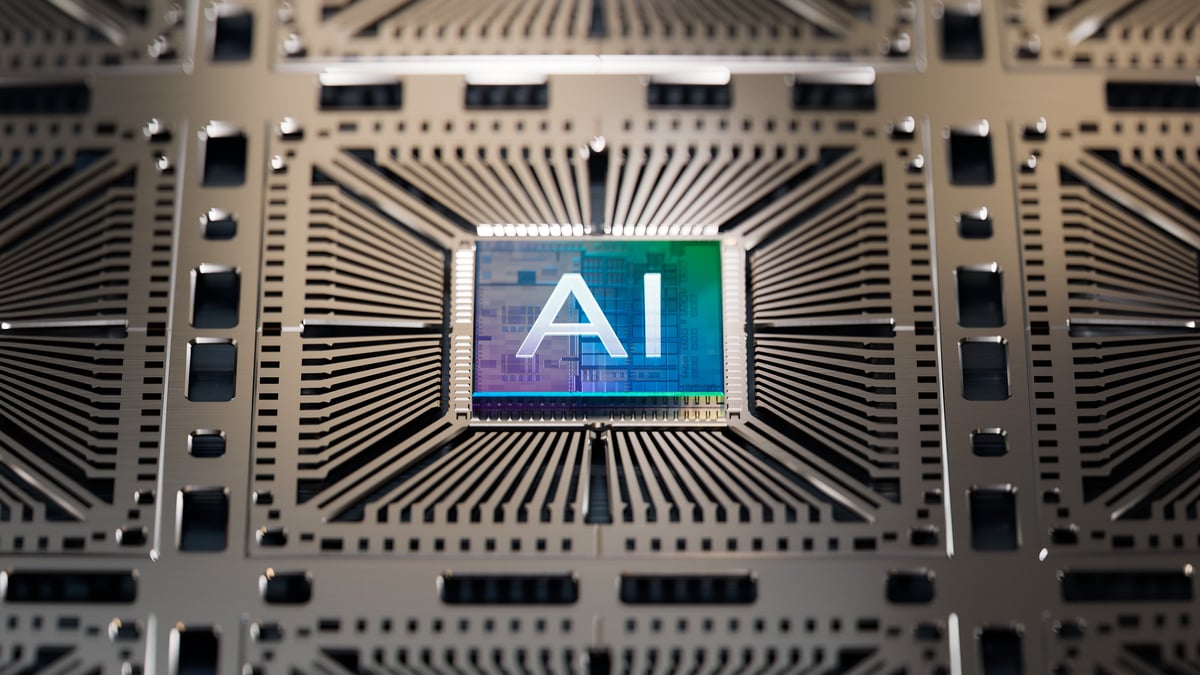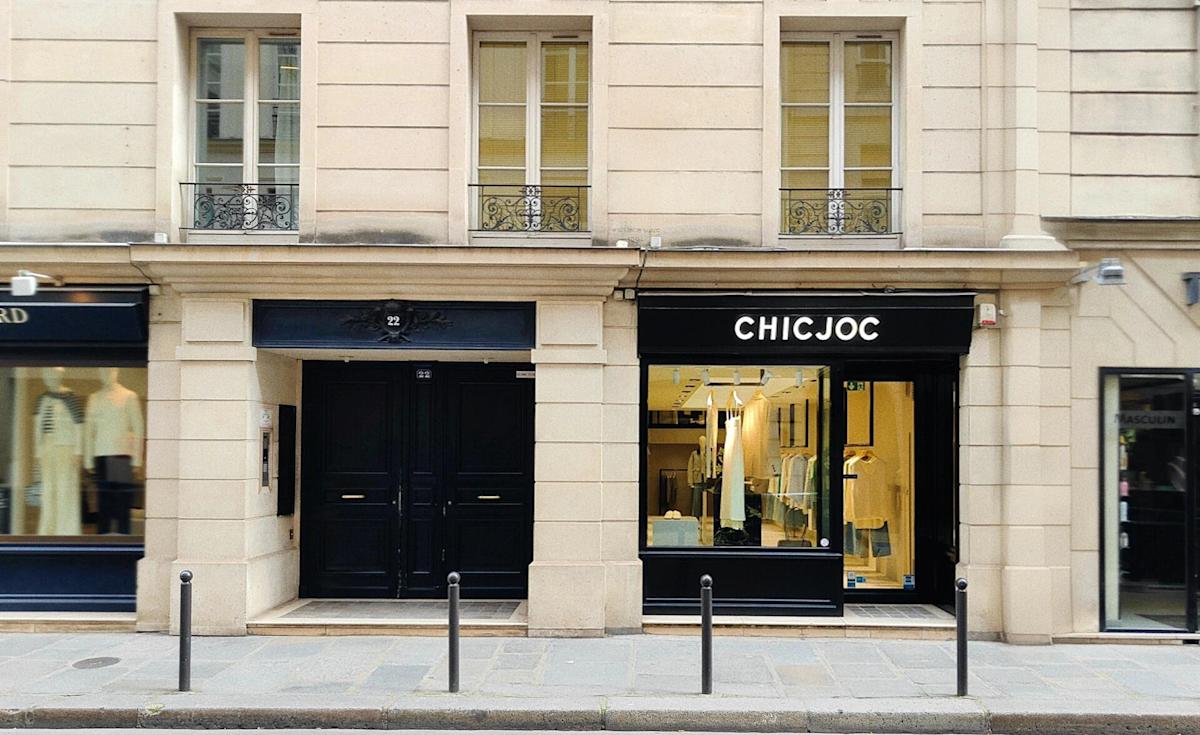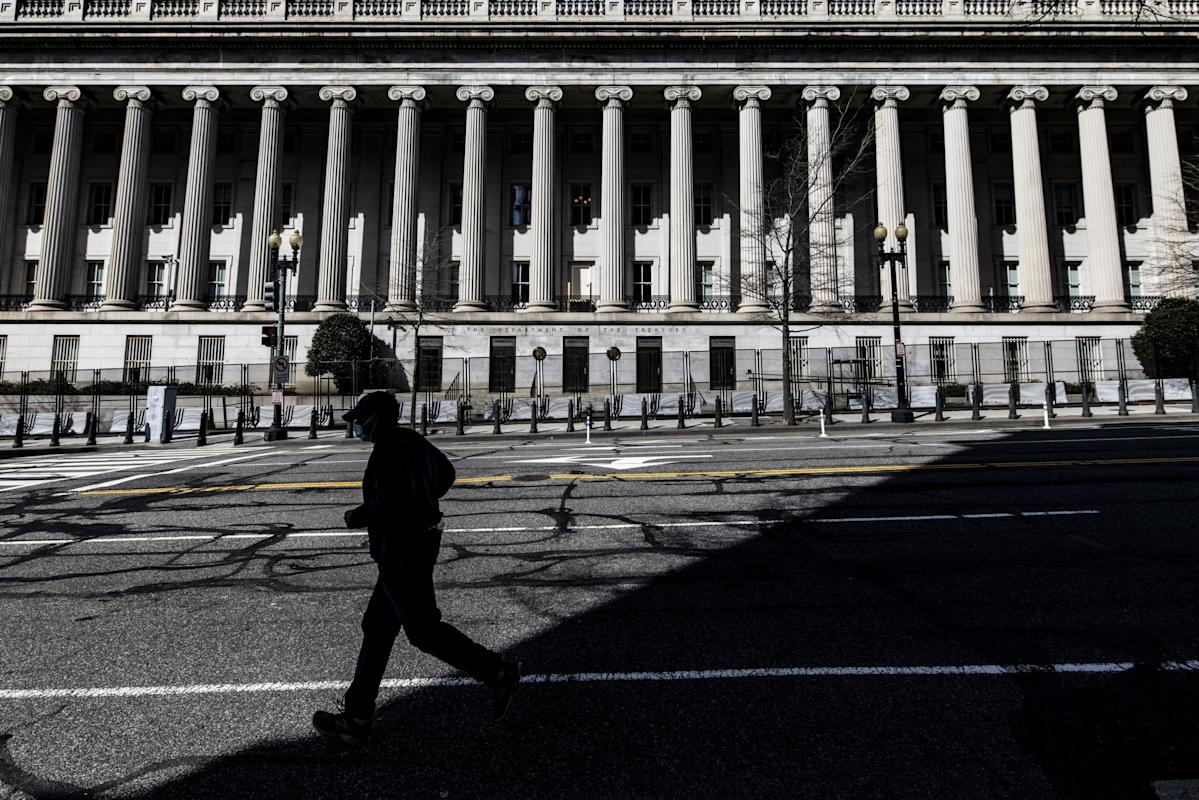By Charlie Garcia
Charlie Garcia responds to readers concerned about weakening demand for both cryptocurrency and U.S. government debt
Editor’s note: Columnist Charlie Garcia shares select emails from his virtual mailbag each week.
Dear Charlie,
I just finished reading your latest article in MarketWatch re: “Bitcoin isn’t dead – it’s having an IPO moment.”
For someone who missed out on bitcoin (BTCUSD) in its initial “IPO,” how can I best get into it now and secure my children’s future?
Thanks,
Ezra
Dear Ezra,
I’m not a financial adviser, so I can’t tell you specifically what to do with your family’s money. But I can share the general framework I think about.
First, let’s kill the idea that you “missed” anything. Missing the “IPO” means you didn’t buy at $1. You also didn’t buy at $1,000, $10,000 or $50,000.
If bitcoin trades where I think it will 20 years from now, the difference between buying at $20,000 and buying at $85,000 will look like a rounding error.
The real question isn’t “Did I miss it?” The question is: “What role should this play in securing my family’s future?”
Read: ‘My retirement is completely in bitcoin’: Why don’t more people do what I do?
The boring truth: Your kids’ future gets secured the same way your grandfather’s did: Spend less than you make; max out retirement accounts; own stuff that pays you to own it; and don’t do stupid things with debt. Bitcoin doesn’t replace this. Nothing replaces this.
Bitcoin is the moonshot: It’s 10% of your portfolio, max, and only if you can watch it crater 50% without selling in a panic and buying a Peloton. It’s what you put there because IF this thing works, that slice changes everything.
Practically: Don’t jump from zero to 10% overnight. Start at 2%-3%. Live with it six months. When it drops 20%, notice whether you’re checking the price every three minutes. If you are, you sized the position wrong.
Dollar-cost average into the investment over 12-18 months. You’re building a position, not timing bottoms. Think 20 years minimum. Your kids will inherit a different world than this one – plan accordingly.
What this isn’t: Betting the mortgage. Replacing college funds. Getting rich quick. If you want your kids’ future secured, do the unglamorous work: Eliminate debt; own productive assets that generate income; teach them money isn’t magic.
Charlie
P.S.: The real risk isn’t buying too late. It’s watching your money instead of watching your kids grow up. One of those is actually irreplaceable.
Dear Charlie,
The concern expressed in your article – “America’s ‘sugar daddy’ just went broke – and you’re stuck with the bill” – might be legitimate if the yen (USDJPY) were the world’s reserve currency.
Despite all the arguments to the contrary, the U.S. does not depend on the sale of Treasurys to pay its bills. Treasurys are provided by the U.S. government as a safe place to earn a return on cash (which is pushed out into the economy by the Fed), and this is all about “Japanese investors can make actual money at home.”Anyone who still thinks the U.S. should retire its “debt” by shutting down the Treasury market has no clue how the U.S. economy actually works.
Mike
Dear Mike,
Fair challenge, but three things:
1. Reserve-currency status gets revoked when abused: Sterling was the reserve currency until the U.K. acted like printing it had no consequences. The U.S. is running the same playbook: $2 trillion deficits in a “strong” economy, 120% debt-to-GDP, Fed monetizing 40% of COVID issuance. History says this ends badly.
2. Japan matters because it was the marginal buyer keeping America’s bond market liquid: When the world’s largest creditor ($1.1 trillion in Treasurys) can earn 1% at home instead of 4.5% here with currency risk, that’s a liquidity event. The carry trade was the lubricant keeping global asset prices inflated. When it reverses, everything reprices.
3. Yes, the U.S. can print dollars, but every dollar created dilutes every existing dollar DXY: That’s not funding, that’s confiscating purchasing power. Treasuries only work if they beat inflation. At 4.5% yields against 6%-8% real inflation, you’re losing wealth annually. Smart money moves to what government can’t dilute.
The question isn’t “Can they print?” It’s “What happens to your wealth when they do?”
Charlie
P.S.: Every reserve currency failed the same way. This is pattern, not theory.
Dear Charlie,
I just wanted to point out that if Japan is selling U.S. Treasury bonds, someone is buying them. If the buyer is the U.S. government, great – they’re reducing their debt. If it’s anyone else, it’s irrelevant to the U.S.To use your bar analogy: Japan has the receipt – they picked up the tab. When someone else buys that receipt from Japan, they can claim they paid the tab. But the bar that issued the receipt is unaffected by this transaction.I’d agree with your premise if Japan leaves a void that no one else has an interest in filling. Which seems improbable to me, at least in the short term.
Ben
Dear Ben,
Great question, and you’re technically right but practically wrong. Let me explain why:
You’re correct that secondary market transactions don’t directly affect the Treasury’s balance sheet. When Japan sells to someone else, the U.S. doesn’t care who holds the receipt. But here’s what you’re missing:
1. Price matters: When Japan sells Treasurys, yields spike because supply overwhelms demand at current rates. You’re right that someone will buy them, but at what price? When yields jump to 5% from 4%, that’s not “irrelevant” to the U.S. America rolls $9 trillion in debt annually. A 1% increase costs the U.S. $90 billion a year.
2. The “void” is already here: Japan held Treasurys because it had no choice. Now Japanese can get positive real returns domestically. China’s been selling Treasurys for two years. Who’s filling that void? The Fed (money printing) and leveraged buyers (unstable). Primary dealers are choking on inventory they can’t move.
3. The bar needs to keep issuing new receipts: If word spreads that receipts aren’t worth as much, the bar has to offer bigger discounts to get people to take new ones. That directly affects the bar’s cost of operation.
The real issue isn’t Japan selling existing bonds; it’s Japan not buying new ones. When your biggest customer stops showing up and you need to keep selling product, you either drop prices or find new customers.
We’re doing both, and neither is free.
Thanks for the sharp question. You can be technically correct and still end up broke.
Charlie
P.S.: Watch the next 10-year U.S. Treasury BX:TMUBMUSD10Y auction. If bid-to-cover ratios keep falling and yields keep rising, that’s your answer about whether this matters.
Dear Charlie,
To borrow from Mark Twain: “Reports of the death of the carry trade were greatly exaggerated… for decades.”
Like the yogurt I find in the back of the break-room refrigerator, it’s past the use-by date. I’ve been conducting experiments with how much wiggle room there is on that date – about 35 days max if you skim the mold off the top.
According to the article, the carry trade is past the point of human consumption. There’s clearly deleveraging happening.
But here’s a possible constructive scenario: In a few months there will be a new Fed chair who will probably attempt to grow the U.S. out of these unsustainable fiscal deficits. If that works, foreign capital flows back to the U.S., the dollar resurges, and longer rates stay subdued.
Right?
Margaret
Dear Margaret,
The yogurt analogy is perfect, except you’re assuming the expiration date on the container is accurate.
With the carry trade, someone has changed the label three times already.
Here’s the problem with your constructive scenario: “Growing out of deficits” requires that productivity grow faster than debt grows. The U.S. is adding $2 trillion in debt annually while GDP grows at 2%-3%.
That’s not yogurt math, that’s compounding insolvency with an optimistic PowerPoint.
The new Fed chair inherits an impossible mandate: keep rates low enough that the government doesn’t bankrupt itself on interest payments, but high enough that the dollar doesn’t collapse and inflation doesn’t rage.
Pick one. You can’t have both. Japan just proved this. They tried to thread that needle for 30 years and the thread broke.
Foreign capital will come to the U.S. for growth, but only if the returns are real. When Treasury yields are 4.5% and inflation is 6%-8%, that’s not investment, that’s a charitable donation.
The smart foreign money is already rotating into hard assets. The dumb money will keep buying bonds until the yogurt kills them.
Your scenario requires three miracles: a productivity explosion, fiscal discipline and central bankers who prioritize currency stability over political convenience. I’ll take the under on all three.
Skimming fungus off expired financial products since 2008,
Charlie
P.S.: The carry trade isn’t dead, it just moved. Now it’s leveraged U.S. equity positions funded by – well, we’ll find out when that unwinds too.
Charlie Garcia is founder and a managing partner of R360, a peer-to-peer organization for individuals and families with a net worth of $100 million or more. He holds bitcoin in his personal account.
Agree? Disagree? Share your comments with Charlie Garcia at charlie@R360Global.com. Your letter may be published anonymously in the weekly “Dear Charlie” reader mailbag. By emailing your comments to Charlie Garcia, you agree to have them published on MarketWatch anonymously, or with your first name if you give permission.
You understand and agree that Dow Jones & Co., the publisher of MarketWatch, may use your story, or versions of it, in all media and platforms, including via third parties.
More from Charlie Garcia:
(MORE TO FOLLOW) Dow Jones Newswires
11-23-25 1530ET
Copyright (c) 2025 Dow Jones & Company, Inc.








